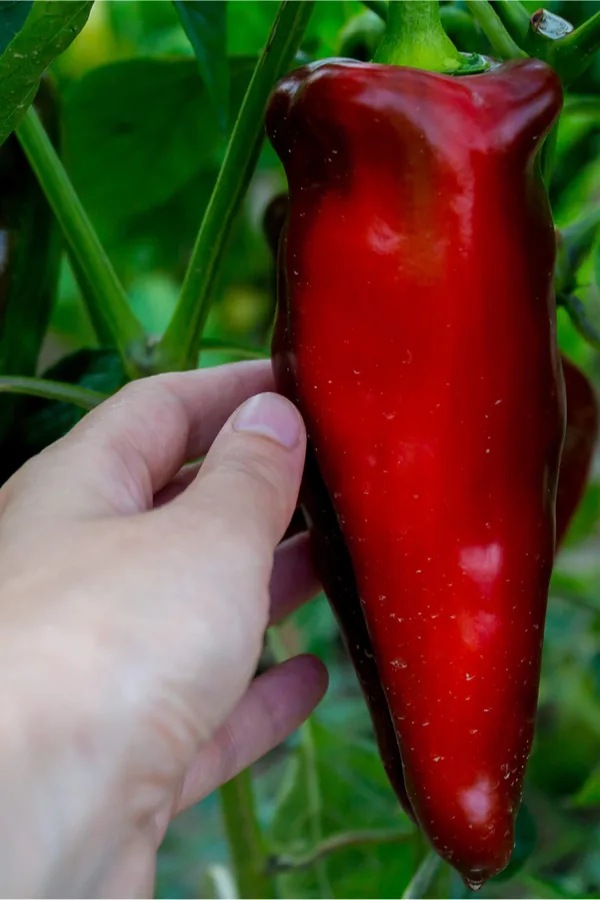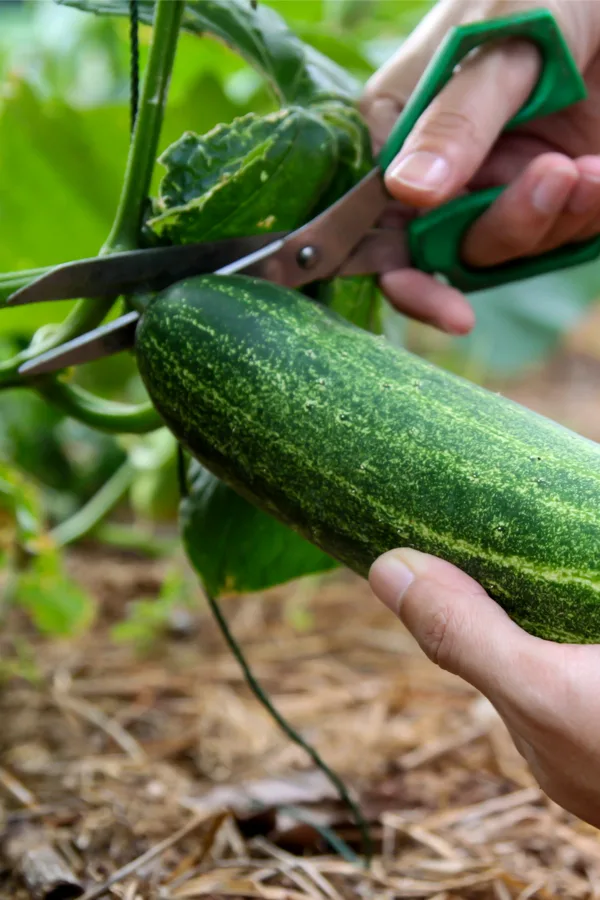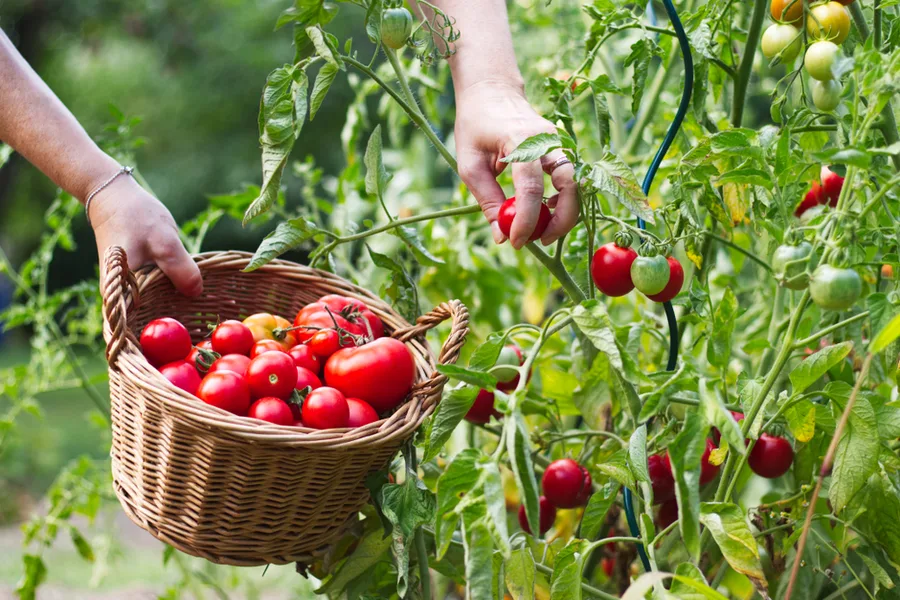Did you know that when and how you harvest the vegetables in your garden can make a big difference in both the quality and quantity of your crops?
For many gardeners, the biggest concern is knowing when to pick crops at just the right time. Pick too early, and the produce won’t have time to develop the rich, intense taste that home gardeners strive for.
However, let your fruits and vegetables stay on the plants too long, and you end up with mushy, soft vegetables that are anything but crisp and fresh.

But there really is so much more to good harvesting beyond just picking for peak freshness and flavor. How and when you pick your garden really does play a big role in how much produce your plants will yield. And in many cases, how long they will produce as well.
Even more, as you will see below, it can affect the health of your plants too. With that in mind, here are 3 simple harvesting secrets that can help you get the most from your garden this year!
#1 Pick Carefully & Tread Lightly – How To Best Harvest Your Vegetable Garden
One of the most important things you can do for a garden’s long-term success is to pick carefully.
Pulling, twisting and snapping off produce can easily injure a vegetable and shorten it’s shelf life. But even more, it can cause damage to the rest of the plant as well.

In addition to the ripening vegetables you are picking, there are tender new blooms forming on plants. And those blooms can easily be knocked off if plants are handled too roughly during a harvest.
When it comes to large fruits and veggies such as cucumbers, peppers, tomatoes and zucchini, it is best to use a sharp pair of scissors or hand-held bypass pruners to cut the harvest from the vines and stems. This not only protects the fruit, but keeps the plant from being disturbed.
And here is one more big tip : while you are picking, be careful not to step and stand directly around your plants.

Stepping on the root zones around plants compresses the soil and roots. And when roots become compacted, it becomes hard for nutrients, air and water to be absorbed. The end result will be plants that produce far less as the season progresses.
#2 Harvest Regularly – How To Best Harvest Your Vegetable Garden
For the majority of vegetable plants, the more you harvest, the more a plant will produce. For indeterminate plants that produce all season, it is important to keep on picking.
In fact, when it comes to harvest totals, one of the biggest mistakes gardeners make is to not harvest on a regular basis. Allowing a plant’s fruit to become overly ripe, or go to seed, sends a signal to the plant to stop producing new blooms.
It is called vegetable or fruit overload, and it can stop a plant from producing quickly. When too much energy is used in the ripening of existing fruit, vegetable plants simply shut down the process of making new blooms.

It is plain and simple. Picking vegetables at the moment they ripen encourages a plant to keep on producing blooms. And more blooms means more vegetables.
This is true for peppers, peas, zucchini, cucumbers, squash and nearly all vegetable plants including indeterminate tomatoes. The one exception is determinate tomatoes.
Determinate varieties create and bear all of their fruit at one time. Because of that, the picking more often will not lead to more tomatoes. See : Indeterminate vs. Determinate
#3 Remove Damaged Foliage And Fruit Immediately – How To Best Harvest Your Vegetable Garden
And finally, when harvesting, it is important to keep your plants in tip top shape for maximum healthiness. That means pruning off any damaged stems and foliage, and removing any fruit that is showing signs of injury.
Much like a plant spends energy on the ripening process, it also spends valuable resources on repairing damage. When a plant has damaged or broken stems and limbs, it uses any available energy to attempt to seal or repair the damage.
When that happens, it is taking power that should be going to create and ripen more vegetables. The same goes for damaged or rotting fruit on plants. If they remain on the plant, the plant will continue to use resources to try to heal them.

By removing damaged limbs and vegetables from the plant immediately, you keep the plant’s energy focused on production. Also be sure to remove any foliage that shows signs of disease. Black rot, blight and mildew diseases can spread quickly if left unchecked.
Here’s to a great harvest in your garden this summer! Be sure to check out our article on succession planting, another great way to keep your garden producing all summer long!
Follow Our Facebook Page For Great Gardening Tips And Advice! This Is My Garden Facebook Page
This Is My Garden is a garden website created by gardeners, for gardeners. Jim and Mary Competti have been writing gardening, DIY and recipe articles and books and speaking for over 15 years from their 46 acre Ohio farm. They publish three articles every week, 52 weeks a year. Sign up today to follow via email, or follow along!
